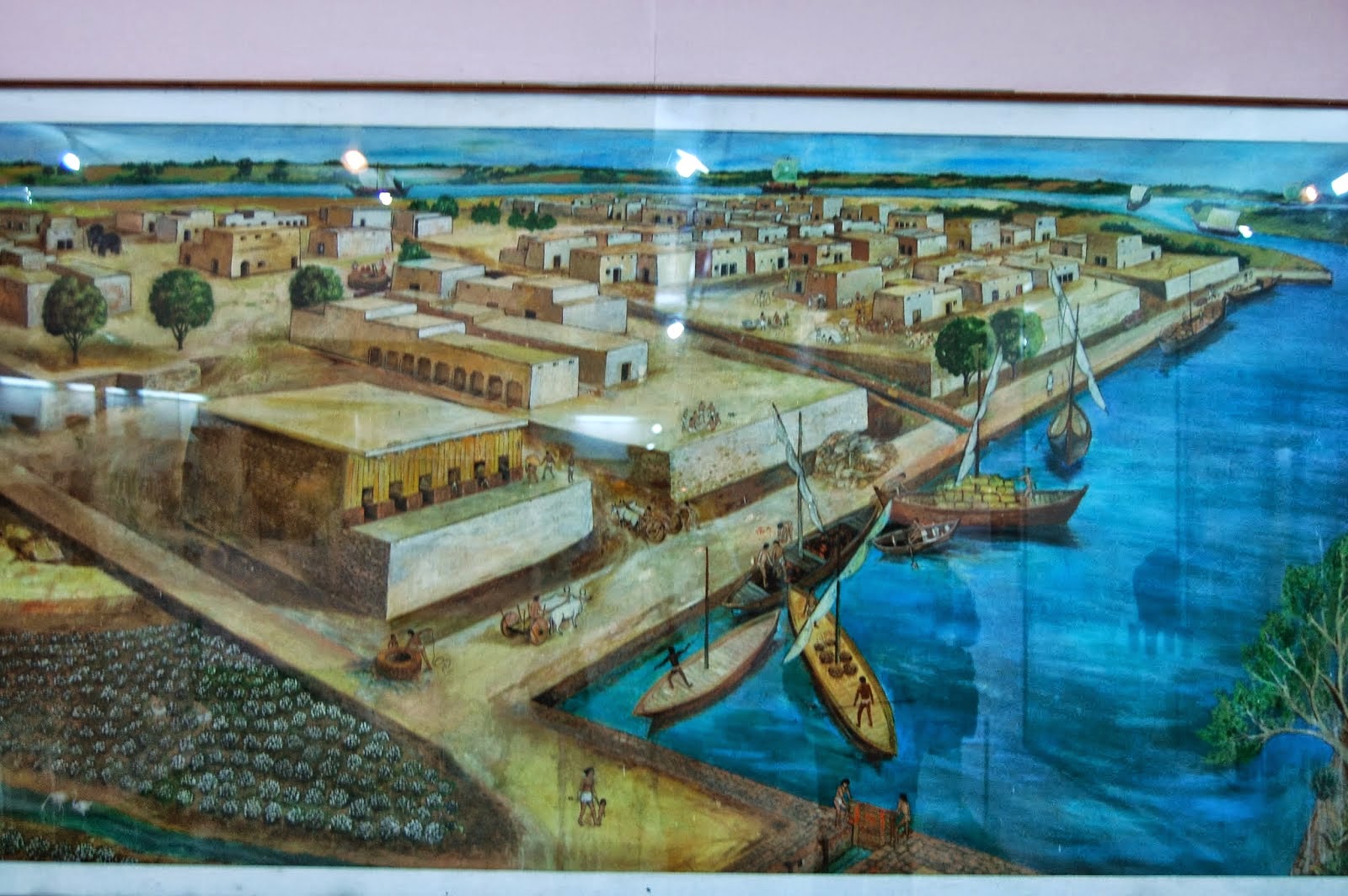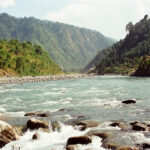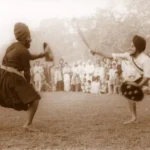The Punjab region, known for its vibrant culture and rich history, holds significant archaeological importance as it was once home to the ancient Indus Valley Civilization. The Indus Valley Civilization, one of the world’s oldest urban civilizations, flourished around 2600 BCE to 1900 BCE and spanned across parts of present-day India, Pakistan, and Afghanistan. Punjab, situated in the northwestern part of the Indian subcontinent, played a crucial role in this ancient civilization, and today, efforts continue to unearth and preserve its remarkable heritage.
In Punjab, Pakistan, about 24 km (15 mi) west of Sahiwal, lies the archaeological site of Harappa (Punjabi pronunciation: [ppa]; Urdu/Punjabi: ). The name of the site, which is derived from a contemporary community close to the old route of the Ravi River, which currently runs 8 kilometers (5.0 miles) to the north, is used to refer to the Bronze Age Harappan civilization, also known as the Indus Valley Civilization. The heart of the Harappan civilization was spread out across a vast region, starting in Gujarat in the south and spreading through Sindh and Rajasthan to Punjab and Haryana. Many sites have been discovered outside of the main region, including those in Uttar Pradesh and Sutkagen-dor on the Makran coast of Baluchistan, close to Iran.
The remains of a Bronze Age walled city, which was a part of the Harappan civilization, which was concentrated in Sindh and Punjab, and later the Cemetery H culture, may be found on the site of the old city. During the Mature Harappan phase (2600 BC – 1900 BC), the city is estimated to have had up to 23,500 inhabitants and covered roughly 150 hectares (370 acres) with clay-brick homes. This is substantial for its time. The Indus Valley Civilization is sometimes referred to as the Harappan Civilization following archaeological practise, which names a previously undiscovered civilization after its first location to be discovered.
Historical Significance of the Indus Valley Civilization in Punjab
The ancient Indus Valley Civilization was a highly advanced urban culture with well-planned cities and a sophisticated infrastructure. It is believed to have had a population of over five million people and was spread over an area of around 1.25 million square kilometers. The major cities of the civilization included Harappa and Mohenjo-Daro, both of which are situated in present-day Pakistan’s Punjab province.
The oldest roots of the Harappan Civilization may be found in 6000 BC cultures like Mehrgarh. Around 2600 BC, the two most important cities—Mohenjo-daro and Harappa—rose along the Indus River valley in Punjab and Sindh.The civilization was uncovered in the 1920s as a result of excavations in Mohenjo-daro in Sindh near Larkana and Harappa in west Punjab south of Lahore. This civilization may have had a writing system, urban centres, drainage infrastructure, and a complex social and economic system.
Trade and Economy
The Indus Valley Civilization was a hub of economic activities, with trade networks extending to distant regions, including Mesopotamia (present-day Iraq) and Central Asia. Archaeological evidence suggests that the inhabitants of the civilization engaged in the trade of various goods, including pottery, beads, and precious metals. The discovery of dockyards and wharves in cities like Lothal (in present-day Gujarat, India) further supports the notion of a thriving maritime trade.
Religion and Art
The religious beliefs and practices of the Indus Valley Civilization remain a subject of intrigue. Archaeological findings, such as the famous “Dancing Girl” statue and various terracotta figurines, offer glimpses into the artistic and creative expression of the people. Some scholars propose that the presence of certain symbols on seals and pottery may represent deities or religious motifs.
Decline and Legacy
The decline of the Indus Valley Civilization is still a matter of speculation among historians and archaeologists. Various theories, such as environmental changes, natural disasters, or the diversion of river courses, have been put forth as potential reasons for its demise. Despite its decline, the legacy of the Indus Valley Civilization continues to influence the cultural heritage of the Indian subcontinent.
Preservation Efforts
Recognizing the historical significance of the Indus Valley Civilization, both India and Pakistan have made concerted efforts to preserve and protect its archaeological sites. The Harappa Archaeological Research Project, for instance, focuses on excavation, conservation, and education in the Harappa region of Punjab, Pakistan. Similarly, India’s Archaeological Survey of India (ASI) has been responsible for the maintenance and preservation of various heritage sites, including those related to the Indus Valley Civilization.
In conclusion, the Punjab region’s association with the ancient Indus Valley Civilization makes it a crucial center for unearthing and understanding the heritage of this remarkable ancient urban culture. The archaeological discoveries made in Punjab continue to shed light on the achievements, lifestyle, and beliefs of the people who once thrived in the region. As preservation efforts continue, the legacy of the Indus Valley Civilization remains a testament to the ingenuity and sophistication of early human civilization.








